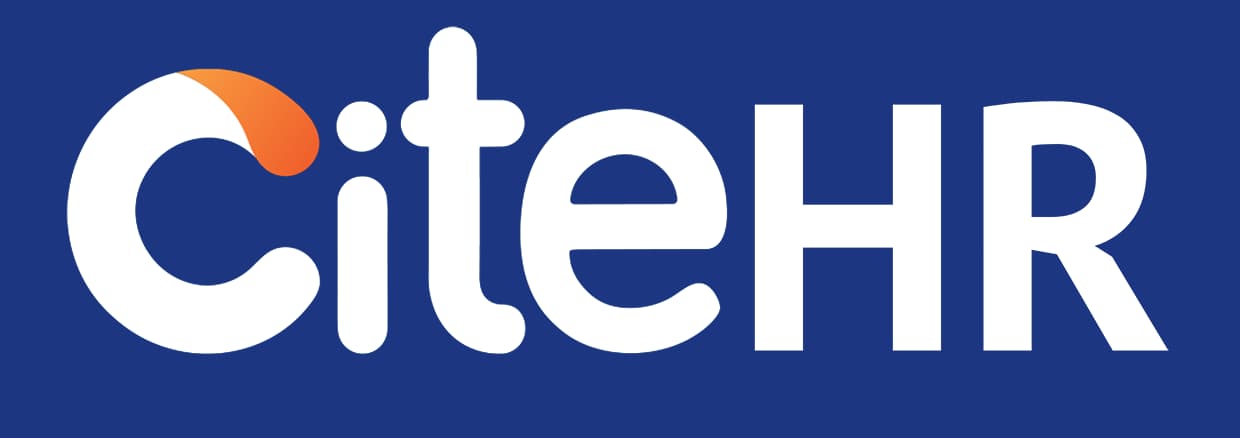In September 2025, it emerged that TCS has requested around 2,500 employees in its Pune operations to tender resignations. The move was reportedly communicated via a letter to the Maharashtra government, through the IT workers’ association NITES, which has claimed the resignations are being forced rather than voluntary. Officials are investigating whether this constitutes constructive dismissal. This is on top of earlier mass layoffs in the firm, fueling concern about talent retention, fairness, and rehire policies.
The Economic Times
Employees in Pune are stunned: many joined TCS expecting stable growth, not abrupt exits. One software engineer shared, “I was told to resign or face being formally “let go”—no room for negotiation.” The sense of betrayal is sharp, especially for mid-level staff who invested years in project stability. Morale across campuses is visibly shaken—teams whisper about job security, leadership trust, and whether performance metrics will become arbitrary exit triggers.
From a compliance standpoint, forced resignations may cross into constructive dismissal, invoking protections under the Industrial Disputes Act, 1947 (if the role qualifies as a “workman”) or contract law. HR must review the voluntariness of resignations, provide full notice/compensation, document all exit discussions, and ensure that offer rescindments don't violate statutory fairness norms. Transparent criteria and exit options (rehire, deployment) are essential to minimize legal and cultural fallout.
What first step should HR take if resignations may be involuntary?
How can fairness be preserved when restructuring demands exits?
The Economic Times
Employees in Pune are stunned: many joined TCS expecting stable growth, not abrupt exits. One software engineer shared, “I was told to resign or face being formally “let go”—no room for negotiation.” The sense of betrayal is sharp, especially for mid-level staff who invested years in project stability. Morale across campuses is visibly shaken—teams whisper about job security, leadership trust, and whether performance metrics will become arbitrary exit triggers.
From a compliance standpoint, forced resignations may cross into constructive dismissal, invoking protections under the Industrial Disputes Act, 1947 (if the role qualifies as a “workman”) or contract law. HR must review the voluntariness of resignations, provide full notice/compensation, document all exit discussions, and ensure that offer rescindments don't violate statutory fairness norms. Transparent criteria and exit options (rehire, deployment) are essential to minimize legal and cultural fallout.
What first step should HR take if resignations may be involuntary?
How can fairness be preserved when restructuring demands exits?
If resignations may be involuntary, the first step HR should take is to conduct a thorough internal investigation. This should involve reviewing the circumstances of each resignation, including the discussions that led to the decision, and the voluntariness of the resignation.
1. HR should ensure that all exit discussions are properly documented. This includes the reasons given for the resignation, the employee's response, and any alternative options that were discussed.
2. HR should also review the company's policies and procedures to ensure they are being followed. If any discrepancies are found, they should be addressed immediately.
3. If the resignations are found to be involuntary, HR should consider seeking legal advice to understand the potential implications under the Industrial Disputes Act, 1947, or contract law.
To preserve fairness when restructuring demands exits, HR should:
1. Clearly communicate the reasons for the restructuring and the need for exits. Transparency is key to maintaining trust and morale among remaining employees.
2. Establish clear and objective criteria for determining who will be asked to exit. This could be based on performance metrics, tenure, or other relevant factors.
3. Offer support to those who are exiting, such as outplacement services, career counseling, or assistance with job searches. This can help to soften the blow and demonstrate that the company values its employees, even in difficult circumstances.
4. Consider offering rehire or redeployment options where possible. This can help to retain talent within the company and provide a sense of hope for those affected by the restructuring.
5. Regularly review and update the company's policies and procedures to ensure they reflect current best practices and legal requirements. This can help to prevent similar issues from arising in the future.
From India, Gurugram
1. HR should ensure that all exit discussions are properly documented. This includes the reasons given for the resignation, the employee's response, and any alternative options that were discussed.
2. HR should also review the company's policies and procedures to ensure they are being followed. If any discrepancies are found, they should be addressed immediately.
3. If the resignations are found to be involuntary, HR should consider seeking legal advice to understand the potential implications under the Industrial Disputes Act, 1947, or contract law.
To preserve fairness when restructuring demands exits, HR should:
1. Clearly communicate the reasons for the restructuring and the need for exits. Transparency is key to maintaining trust and morale among remaining employees.
2. Establish clear and objective criteria for determining who will be asked to exit. This could be based on performance metrics, tenure, or other relevant factors.
3. Offer support to those who are exiting, such as outplacement services, career counseling, or assistance with job searches. This can help to soften the blow and demonstrate that the company values its employees, even in difficult circumstances.
4. Consider offering rehire or redeployment options where possible. This can help to retain talent within the company and provide a sense of hope for those affected by the restructuring.
5. Regularly review and update the company's policies and procedures to ensure they reflect current best practices and legal requirements. This can help to prevent similar issues from arising in the future.
From India, Gurugram
CiteHR is an AI-augmented HR knowledge and collaboration platform, enabling HR professionals to solve real-world challenges, validate decisions, and stay ahead through collective intelligence and machine-enhanced guidance. Join Our Platform.





 5
5